Orange Blossom Beekeepers Association
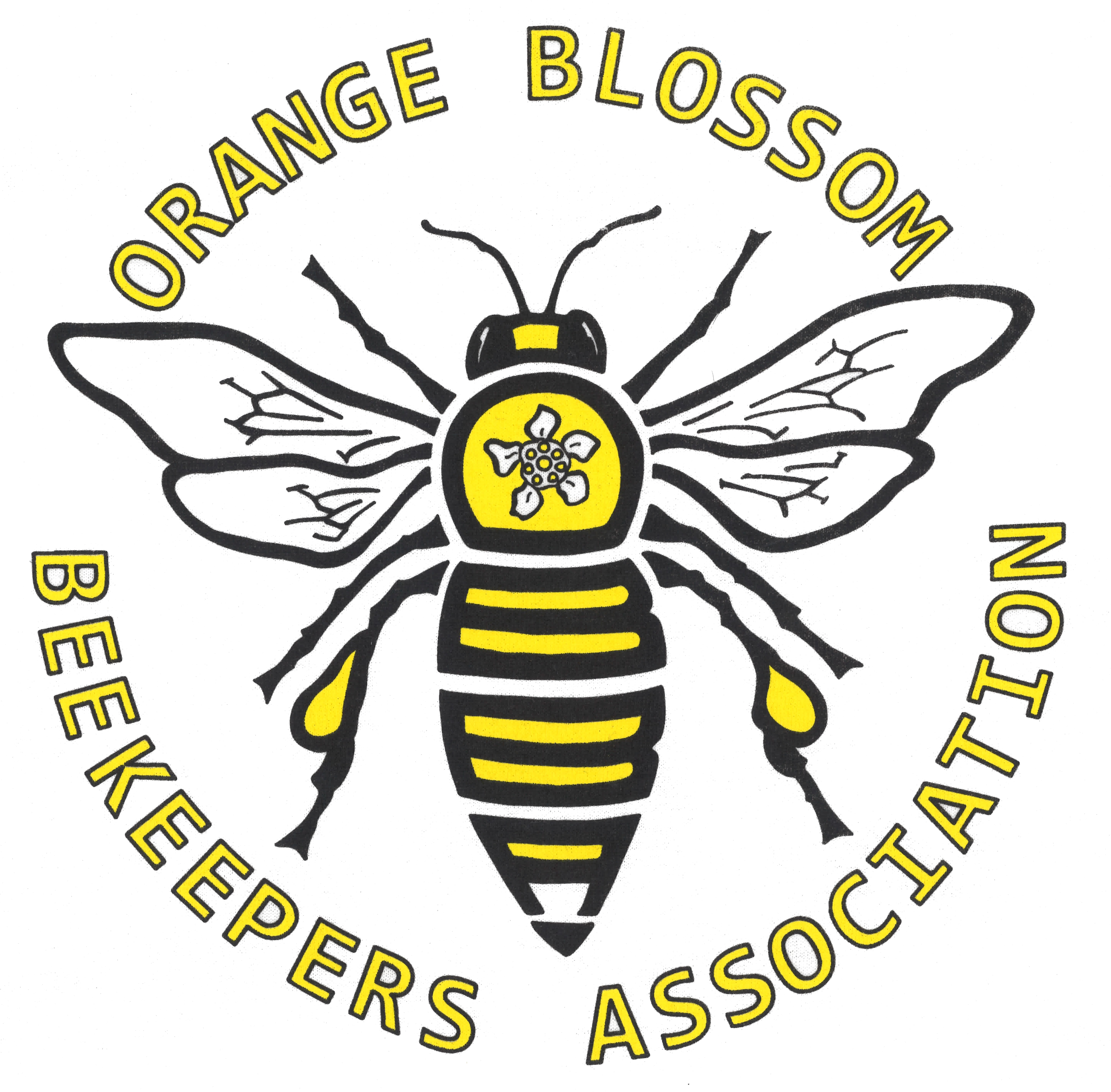
Monthly Meeting: August 18, 2022
OBBA Announcements
What's the buzz?
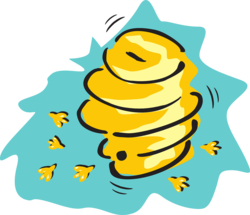
Apiary Update
Workshop
Topic: Lionberry Hive Inspection
Date: August 20, 2022 at 9am
Location:
- Florida Conference United Church of Christ, 9300 University Blvd, Orlando, FL 32817
Volunteers for Secretary Position
Gardening for Native Pollinators and Honey Bee Nutrition
Sunday, August 21, 2022
1:30 p.m. - 3:00 p.m.
Instructor: Chris Stalder
Aug/Sep Bee Management
Current UF Management Recommendations (Aug)
- Feed colonies if light
- Monitor for and control small hive beetles
- Monitor colonies for varroa
- Treat for AFB/EFB if needed
What is blooming in Central Florida (Aug)
- Goldenrod
- Joint Weed
- Mexican Clover
- Partridge Pea
- Primrose Willow
- Red Bay
- Sandhill Prarie Clover
- Spanish Needle
- Spiderwort/Dayflower
- Spotted Mint
- Sumac
- Vine Aster
- Red Mangrove
- Black Mangrove
- White Mangrove
Current UF Management Recommendations (Sep)
- Super colonies if strong Brazilian Pepper Flow
- Monitor colonies for varroa
- Feed colonies if light
- Consider treating colonies for Nosema if needed
What is blooming in Central Florida (Sep)
- Bush Aster
- Goldenrod
- Mexican Clover
- Primrose Willow
- Red Bay
- Smart Weed
- Spanish Needle
- Spiderwort/Dayflower
- Spotted Mint
- Sumac
- Vine Aster
Hive Inspections
Queen, eggs, larva, and signs of pests

Required by FL
"Beekeepers must visually inspect all honey bee colonies a minimum of once a month to assure reasonable colony health including adequate food and colony strength."
Beekeeper Compliance Agreement - Chapter 586.10 (1), F.S. / Rule 5B-54.0105, F.A.C.
How often?
"as often as necessary, but as seldom as possible"
- At least monthly (FL)
- More frequently if:
- New install
- Swarm season
- Less experienced beekeeper
- Not too often
- Stress on the hive
- Can become aggressive
- Might abscond
What is your purpose?
- Review notes from previous visits
- The purpose of this inspection is …
- to see if the queen is laying
- to evaluate honey stores
- to look for signs of swarming
- to look for brood disease
Getting Ready: Collect tools/equipment
At a minimum (generally)
- Beekeeping Suit, Jacket, or Veil
- Beekeeping Gloves
- Smoker
- Smoker Fuel & Lighter
- Hive Tool
Additional equipment
- Notebook/pen/pencil
- Frame Grips
- Brush/Feather
- Queen Cage(s)
- Queen Marker
Outside Inspection
- Are the bees coming and going regularly?
- Do you see any foragers returning to the hive with pollen on their back legs?
- Guard bees inspecting or fighting?
- Signs of robbing?
- Ants or other threats in the area?
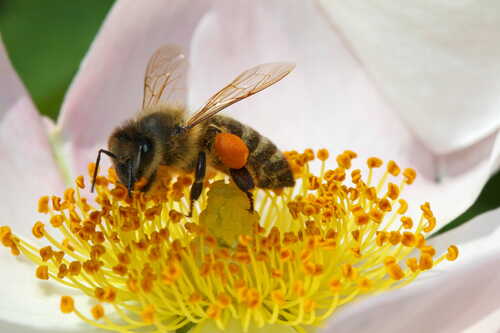
Opening the hive
- Best time to open:
- Late morning or Early afternoon
- Only open if temp is >60 F
- Use a small puff of smoke under lid
- Gently remove lid and inner cover

Space
- How many frames in each box are full?
- How many frames are covered in bees?
- "Seams of bees"
- Once about 70% of the frames are full => give the hive more space
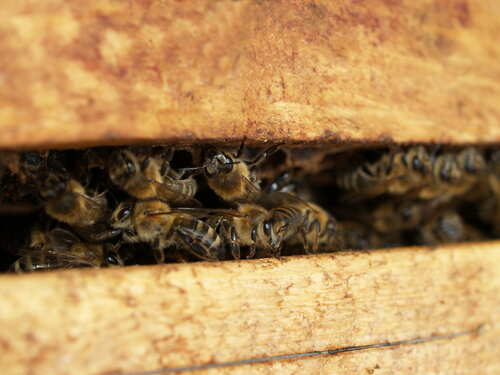
Queen Status
- Do you see your queen?
- Are there eggs (<3d)?
- Queen cells present?

Brood
- Eggs, Larvae, Capped brood
- 1 egg/larvae per cell?
- Pattern
- Brood of same age close together
- Good: Solid
- Brood of all stages with few empty cells
- Mediocre: Slightly spotty
- Poor: Spotty
- Drone brood

Nutrition
- Feed necessary or given?
- Nectar flow?
- Honey and pollen status
- Ready to harvest?

Pests or Disease?
- Small hive beetles
- Wax moths
- Varroa mites
- Ants
- Nosema
- AFB/EFB
- Odor of the hive
- Should smell like honey and beeswax
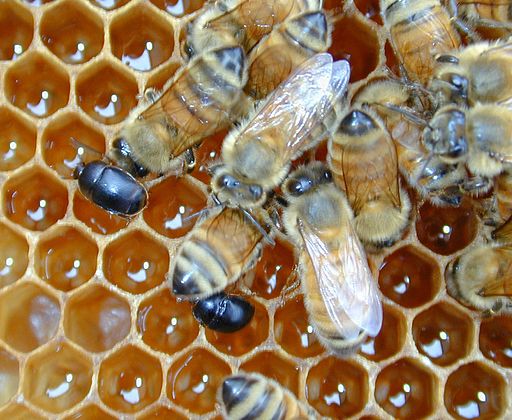
Comb
- Building good comb appropriately?
- Burr comb?
- Old comb?
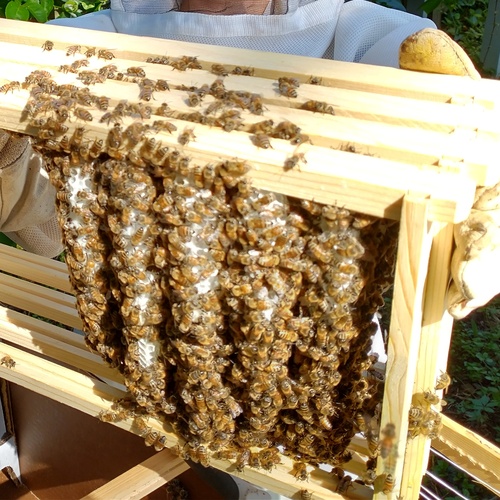
Other
- Hive temperament: Calm when you open hive?
- Population: Heavy, Moderate, Low
- Any treatments

Tips
- Have a plan
- Have a checklist
- Wear all protective gear
- Use as little smoke as you must
- Be smooth, purposeful, and brief (<15 min)
- Keep records
Here is a simple inspection checklist:
- Queen present or evidence of a queen (eggs, larva)
- All stages of brood/brood pattern
- Honey and pollen in the comb
- Bees are busy working – not lethargic
- Brood (larva) is white and healthy
- No obvious sign of disease
- Few or no obvious pest problems
Records to keep
- Hive identification/Inspection date
- Does the colony have a visible queen or evidence of the queen?
- Brood Pattern – Is the queen laying a good pattern of worker brood?
- Is the colony bringing in pollen and nectar?
- Any there signs of pests or disease?
- Has the colony been tested and/or treated for mites? When? With What?
Stay involved, Stay connected
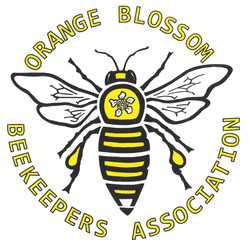
- OrangeBlossomBeekeepers.org
- Slack: OBBA.slack.com
- FB/Insta: Orangeblossombeekeepers